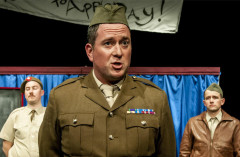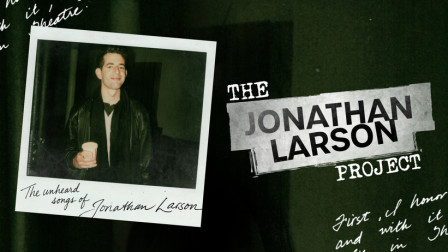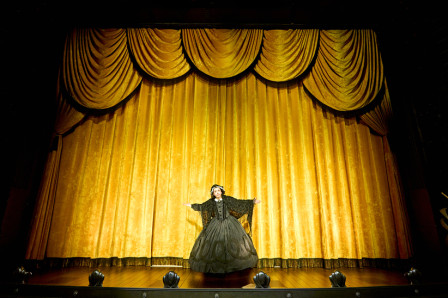Review: INSTRUCTIONS FOR AMERICAN SERVICEMEN IN BRITAIN at Jermyn Street Theatre
 What a treat to duck out of the sticky london heat and descend into the comparatively cool air conditioned Jermyn Street Theatre.
What a treat to duck out of the sticky london heat and descend into the comparatively cool air conditioned Jermyn Street Theatre.
This month a genuinely funny comedy, Instructions for American Servicemen in Britain, awaits you, performed with infectious energy by three actors, Matt Sheahan, Dan March and James Millard (aka comedy troup The Real MacGuffins) who are so likeable they almost defy you not to enjoy yourself.
The idea for the piece occurred to clever director John Walton when he came across a modern reprint of a guide issued to American soldiers stationed in England during World War II and intended to help them understand the eccentricities of rural English life.
How strange we must have seen to them with our reserved understatement, irrational currency and archaic traditions.
The show begins by casting us, the audience, as a bunch of yank soldiers getting told off for running wild in the local village the night before.
We're first addressed by an easy going fly-boy with a background, he tells us, in broadway musicals, then a bombastic American Colonel and then a very irate and, as a result increasingly idiotic English officer who's come to requisition the camp until order is restored.
The Americans are horrified and it's agreed that we should be lectured in British etiquette and tradition. After the interval the location has changed to the village hall where we're expecting a visit from Winston Churchill and must apologise to the local villagers, allowing the actors to play a fresh set of eccentrics.
The humour is broad and embraces slapstick, word play, sit-com and that bedrock of male comedy - dressing up in women's clothes.
But it's also a fascinating snap shot of how weird and insular we used to be before American TV homogenised the western world into a reflection of itself.
A particular highlight is a lecture on British currency before decimalisation, a bewildering combination of archaic vocabulary and baffling mathematics which it's hard to imagination many people truly understood.The show is at its best in moments like this when it adheres closely to its source material. Some of the caricatured character-work slightly outstays its welcome. As is often the case with two dimensional figures you get the idea and the joke very quickly after which there's little left for the performer to do than take things to extremes.
But there's very little bad news about this show which had the audience Morris Dancing to Glen Miller as a symbol of Anglo-American co-operation and throwing makeshift cricket balls at a baseball bat in an attempt to combine the two sports.
It's a good natured warm hearted type of comedy that gently hits its target with affection and respect. Audiences, including young audiences have responded very well to the piece on its tour of village halls and rural communities who've learnt a lot about how their great grandparents lived. You will too and have plenty of laughs along the way.
It's not a big budget, spectacular but you'd do well to make it a quirky addition to your theatre going plans as an example of how much fun three talented performers can generate on a tiny, bare stage.
Latest News

 Review Round-Up: OH, MARY! at the Trafalgar Theatre
19 December 2025 at 15:53
Review Round-Up: OH, MARY! at the Trafalgar Theatre
19 December 2025 at 15:53

 The Jonathan Larson Project announces London premiere
19 December 2025 at 10:31
The Jonathan Larson Project announces London premiere
19 December 2025 at 10:31

 Oh, Mary at Trafalgar Theatre Review
19 December 2025 at 09:46
Oh, Mary at Trafalgar Theatre Review
19 December 2025 at 09:46

 Kerry Ellis completes cast for West End concert of Jo - The Little Women Musical
19 December 2025 at 09:35
Kerry Ellis completes cast for West End concert of Jo - The Little Women Musical
19 December 2025 at 09:35
